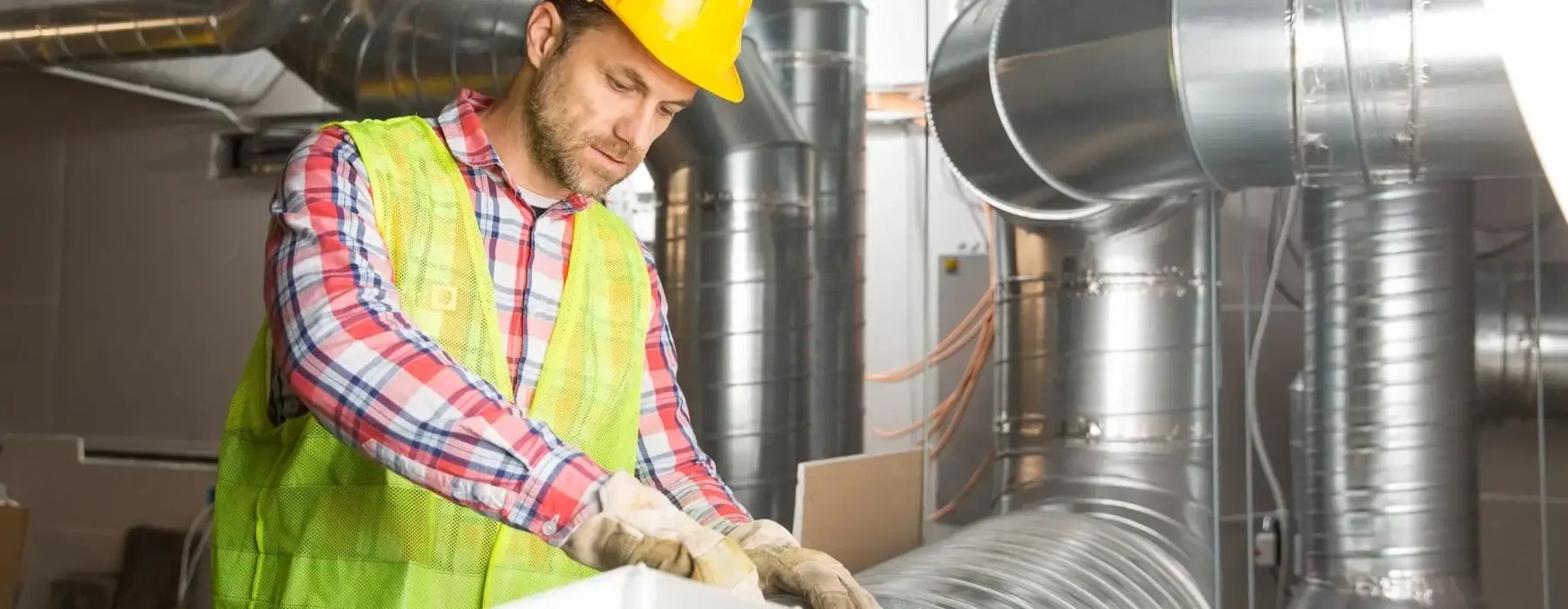The Top Job Responsibilities Of An HVAC Engineer

If you’ve bought a new home heating unit, you know you need to install it correctly – it’s not a good idea to take any risks. You probably wouldn’t have access to the right tools to complete the installation too – so, why do it at all? This is when it time to hire a professional HVAC Engineeer.
That’s not all.
What do you do when your furnace goes down? Electronic devices may go kaput anytime, and it is only a good servicing that can help it run longer. Regular cleaning – just a couple of times a year – can help tackle many of the problems. And it’s what an HVAC engineer can help you with.
What Does it Take to Become an HVAC Engineer?
According to the US Bureau of Labor Statistics, the median salary of an HVAC engineer is $83,590. An HVAC engineer is responsible for taking care of all your heating, ventilation, and air conditioning (HVAC) needs. If you’re looking to become one, gets a bachelor’s degree in HVAC engineering technology, architectural engineering, or mechanical engineering. The best part is, you can now get these engineering degrees online, not just the traditional way, which offers a lot more flexibility with your time and schedule.
Then, get professional certification from the American Society of Heating, so that you can work on high-performance building design projects, commission process management, and healthcare facility design.
The Top Job Responsibilities of an HVAC Engineer
Let’s take a look at some of the most important job responsibilities of an HVAC engineer:
- Ensure that the Inspection department approves fittings, ducts, water pipes, and other accessories before the installation begins.
- Deliver all tools required for the fitting including power tools, hand tools, scaffolding, and ladder on time and in the exact numbers as mentioned in the list.
- Prepare, apply, and get approval for the HVAC shop drawings, work method statement, MEP-coordination drawing, and project specification from the head engineer.
- Coordinate installation schedule with team members and other departments working on the project.
- Monitor site activities and make sure all rules and regulations are followed. Making reports on daily progress made at work and ensuring it reaches the superiors.
- Ensure safe construction of heating, ventilation, and air conditioning maintenance according to rules and regulations set by the safety policy manual by the company. They will have to ensure the protection and safety equipment is 100 per cent tried and tested for safe use.
- Arrange labor and other professionals including pipe fitter, duct fitter and assistant duct fitter. They also act as a supervisor for the installation and maintenance project.
- Additional responsibilities include having to arrange for the safety gear and equipment they need to do their work.
- Documentation of the Conduct Testing inspection process for a variety of tasks including the light test for ducts, underground chilled water piping system, and hydro test.
- Attending weekly and monthly meetings held by the project manager and QC supervisor to talk about the project updates and completion.
- Assisting the commission team during the testing, balancing, and adjusting phases of air and hydronic fitting.
Apart from these eleven duties, an HVAC engineer carries out regular site visits to make sure everything is taking place according to the plan. A few visits are made post installation to check if everything is working correctly.
Make sure your mechanical installations are code compliant and energy efficient, while getting a 50% faster turnaround. You can contact Nearby EngineersNew York Engineers by email (info@ny-engineers.com) or phone (786) 788-0295212-575-5300.

Ravindra Ambegaonkar
Ravindra, the Marketing Manager at NY Engineers, holds an MBA from Staffordshire University and has helped us grow as a leading MEP engineering firm in the USA
Join 15,000+ Fellow Architects and Contractors
Get expert engineering tips straight to your inbox. Subscribe to the NY Engineers Blog below.


